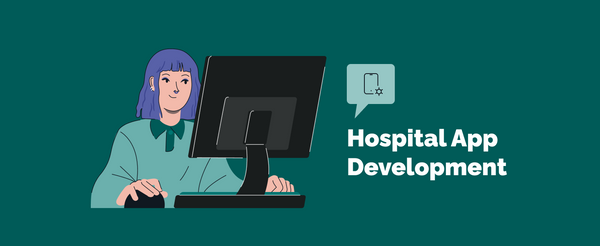
AI Agents in Healthcare: Automating Tasks and Improving Patient Care
Time is especially precious in healthcare. Agentic AI is one of the most effective solutions for medical practices to save time, reduce errors, and improve patient care.

Time is especially precious in healthcare. Agentic AI is one of the most effective solutions for medical practices to save time, reduce errors, and improve patient care.








How would you feel if you stepped into a hotel where the staff greets you by name, your favorite drink is already waiting in your room, and the concierge suggests activities based on your past stays?


